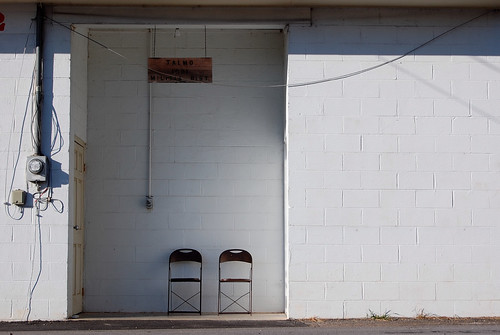[Clinch County]
Population unknown
Population unknown
In an effort to clean up the Georgia map and make it easier to read, the Georgia DOT in 2006 erased from it 515 small communities. The outrage was so great that 488 communities were restored to the map's next edition. This blog is dedicated to ALL the small places and crossroads that dot the map and were or were not on that infamous list of scrapped place-holders.
 Starrsville, GA
Starrsville, GA  Talmo, GA
Talmo, GA